What is a windcatcher? How Do Windcatchers Work?
As the world continues to seek sustainable and eco-friendly solutions for various challenges, ancient architectural marvels are gaining newfound attention for their ingenious use of natural resources. Among these, the windcatcher stands as a testament to human ingenuity in utilizing wind currents to provide ventilation, cooling, and comfort in arid regions. With a history that spans thousands of years, windcatchers showcase the harmonious relationship between architecture and the environment.
What is a Windcatcher?
A windcatcher, also referred to as a windtower, is a traditional architectural element known for its ingenious design to harness the wind for natural ventilation and cooling in buildings.
Originating in regions with hot and arid climates, such as the Middle East and parts of Asia, windcatchers have been utilized for centuries to alleviate the discomfort of high temperatures.
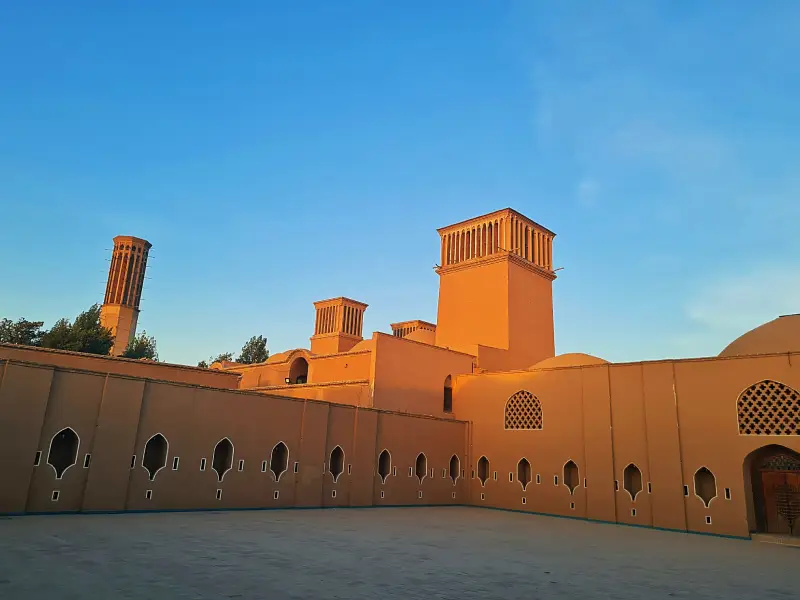
These structures typically consist of a tower-like form with openings positioned at the top, aligned to catch prevailing winds. As the wind enters the openings, it’s channeled downwards through internal passages or ducts within the tower, where the air cools due to reduced pressure and evaporation.
This cooled air is then released into the building’s interior, providing a natural and refreshing breeze that helps regulate indoor temperatures and improve air quality.
Wind Tower History
The history of wind towers, also known as windcatchers or wind chimneys, is a testament to human adaptability and ingenious architectural solutions. Originating in arid regions of the Middle East, North Africa, and South Asia, wind towers have been a staple of traditional architecture for centuries.
The earliest iterations were simple openings strategically positioned to capture prevailing winds and funnel them into indoor spaces. These rudimentary designs evolved into intricate structures that harnessed the power of the wind to provide natural ventilation, cooling, and comfort to inhabitants.
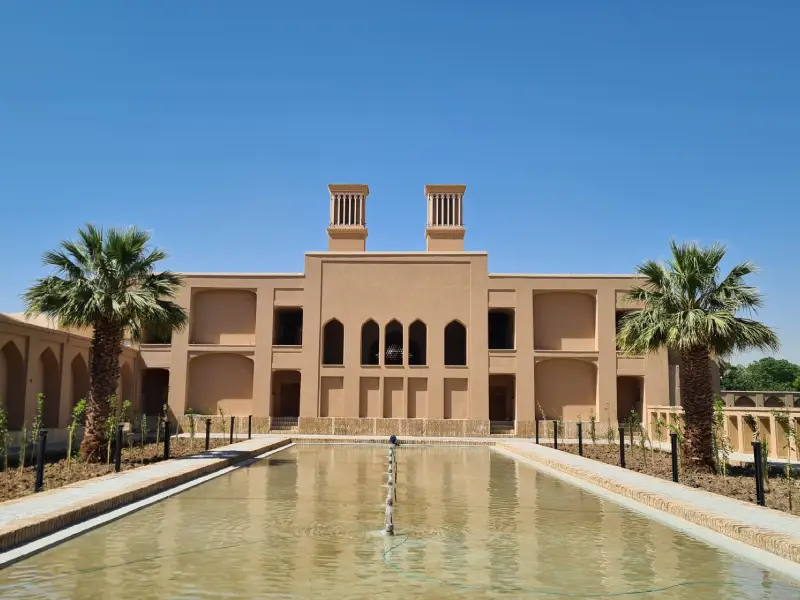
Wind towers not only served practical purposes but also became cultural symbols and expressions of regional identity. In ancient Persian, Arab, and Indian architecture, wind towers were celebrated elements that fused form and function.
These architectural marvels showcased the delicate balance between human needs and the surrounding environment. Over time, as societies developed and technology advanced, wind towers persisted as enduring solutions, reflecting the wisdom of their creators and the profound understanding of local climates.
Today, as sustainable architecture gains prominence, the legacy of wind towers continues to inspire modern designers seeking innovative ways to harmonize human habitation with the natural world.
Windcatcher Architecture
Windcatchers, also known as “badgirs” or “wind towers,” are architectural marvels that have stood the test of time, offering ingenious solutions to the challenges of arid climates.
Their functionality revolves around two pivotal components: the outer structure and the inner mechanisms. The outer structure takes the form of a tower, typically placed in a corner of a building, with four to eight sides. Its top, known as the “asmane,” is enclosed with bricks or clay.
Inside this outer tower, the inner mechanisms come into play, utilizing slanted vanes to divide the space into two to eight sections, depending on the number of wind-catching openings.
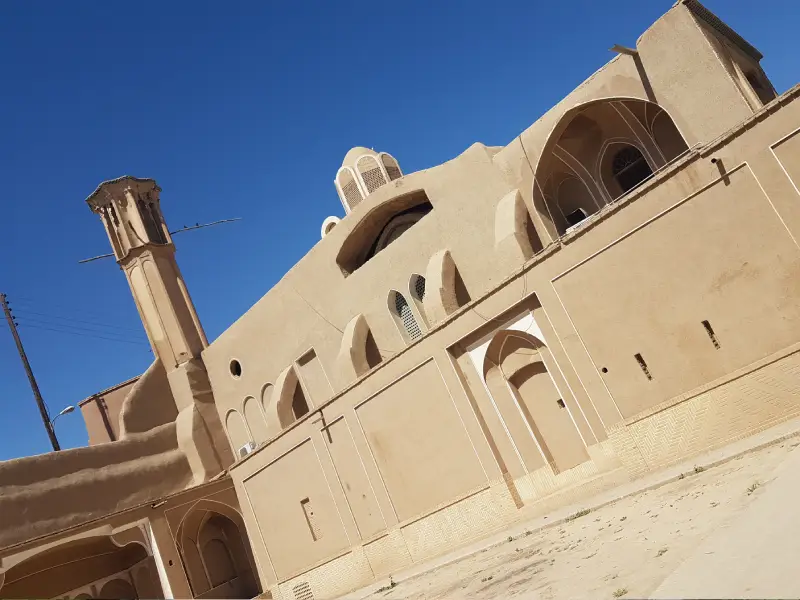
The inner area comprises air ducts and passages for wind circulation. This interior section, referred to as the “daruni,” is nestled within the building itself, connecting the windcatcher to a summer hall, basement, or water reservoir.
While the goal of constructing and operating windcatchers remains consistent, slight variations in windcatcher design may arise in different regions due to climatic and weather differences.
In places with hotter climates or longer summers, ancient architects sought to optimize the efficiency of windcatchers by adapting their shapes and mechanisms.
This adaptability underscores the deep connection between architecture and the environment, showcasing how windcatchers evolved to suit diverse climatic conditions.
What is the Concept of the Windcatcher?
The concept of a windcatcher revolves around utilizing the wind’s natural flow to facilitate ventilation and cooling within buildings. Found predominantly in regions characterized by hot and arid climates, windcatchers are architectural features designed to work in harmony with nature.
They typically consist of a tower-like structure with openings at the top, oriented to catch prevailing winds. As the wind enters the tower, it creates a pressure differential between the inside and outside. This differential causes air to be drawn into the tower through the openings.
How Do Windcatchers Work?
Windcatchers, those elegant architectural marvels, owe their functionality to the principles of fluid dynamics and natural pressure differentials. The mechanics at play are both simple and ingenious.
At the core of their operation lies the movement of air driven by temperature differences and wind currents. When wind encounters the upper opening of a windcatcher tower, it accelerates and creates a lower pressure zone above the vents.
Simultaneously, the interior of the building maintains a relatively higher pressure. This pressure differential prompts air to flow from the outside into the tower and down through its internal channels, resulting in a cooling breeze.
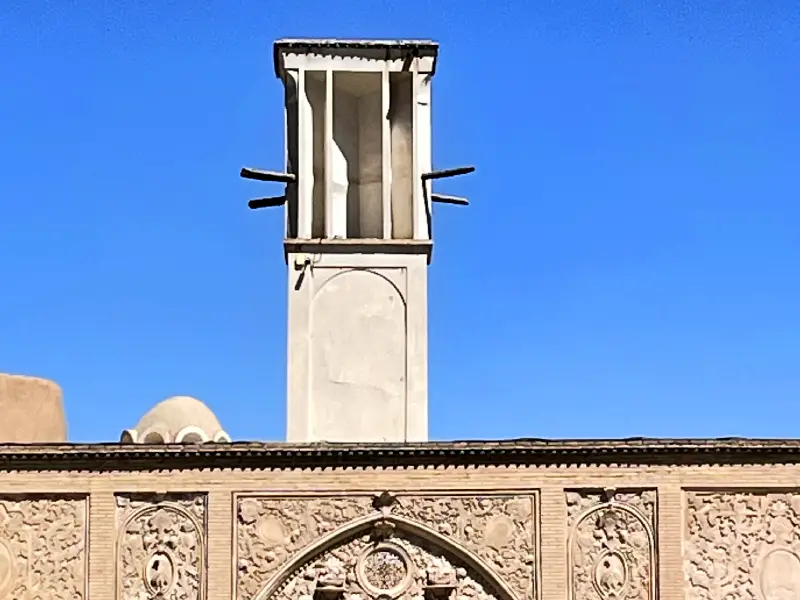
The intricate design of windcatchers maximizes their effectiveness. Inside the tower, baffles, vanes, and vents are strategically positioned to guide and regulate the airflow.
The air’s journey through these components encourages cooling by allowing it to lose heat through convection and evaporative cooling. The result is a continuous circulation of fresh air that not only reduces indoor temperatures but also contributes to improved air quality.
Windcatchers’ reliance on the natural forces of wind and temperature differentiation makes them a sustainable solution that demands no external energy input, embodying the essence of passive cooling and eco-conscious design.
Iran Traditional Cooling System
Iran traditional Windcatchers can be categorized into three main types: Yazdi, Ardakani, and Kermani. Historically, only experienced local architects could determine the placement, number of vanes, and column height of these structures. Any misstep in these details could result in dust and warm air entering houses instead of the desired cooling effect.
Ardakani-style Windcatchers
These are one-sided windcatchers that are economically efficient and often constructed in areas with consistent winds from one direction. Shorter in design, these windcatchers are prevalent in cities like Meybod and Tabas.
They’re also found in coastal areas, where the cool sea breeze can enhance indoor air quality. The affordability of these one-sided windcatchers allows multiple installations within a single room.
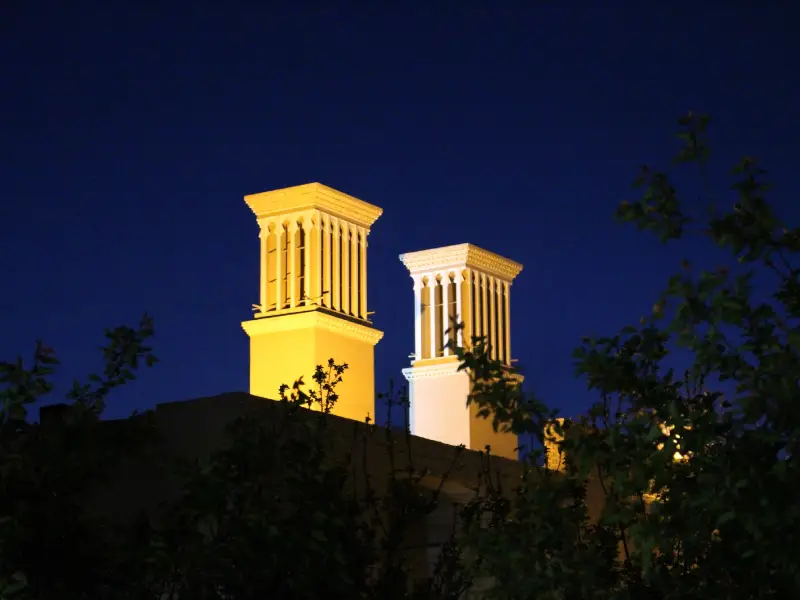
Yazdi-style Windcatchers
These four-sided windcatchers, known for their greater height compared to other types, reflect the climatic conditions of the region. Architecturally intricate and visually appealing, Yazdi windcatchers were typically found in the homes of affluent individuals due to their more complex construction.
These windcatchers showcase the harmonious blend of aesthetics and functionality and were used to create cooler indoor spaces.
Kermani-style Windcatchers
These are two-sided windcatchers, also known as “twin windcatchers.” They are known for their better and more precise efficiency compared to the Ardakani model. Typically used in “ab anbar” (water reservoir) systems, these windcatchers are commonly built using clay and adobe.
They are allocated for medium-to-low height, multi-story buildings and provide high-pressure air intake from one direction while expelling heat and pollutants from the other.
Tallest Windcatcher in the World
The tallest windcatcher in the world is located in Yazd, Iran, and is known as the “Dowlat Abad Windcatcher.” This impressive architectural marvel stands as a testament to the ingenuity of ancient Iranian architects in utilizing passive cooling techniques to combat the region’s scorching desert climate.
The Dowlat Abad Windcatcher soars to a height of approximately 33 meters (108 feet), making it an iconic symbol of Iran’s rich architectural heritage.
It belongs to the four-sided windcatcher category, characterized by its intricate design and aesthetic appeal. The windcatcher’s lofty stature is a response to the climatic conditions of the Yazd region, where high temperatures necessitate effective cooling strategies.

Beyond its remarkable height, the Dowlat Abad Windcatcher also features a sophisticated ventilation system that draws in and circulates cool air throughout the building it serves.
Its complex internal design includes a series of ducts, passages, and vanes that optimize the airflow, creating a natural and refreshing indoor environment.
As both an architectural wonder and an environmentally conscious cooling solution, the Dowlat Abad Windcatcher continues to captivate visitors and inspire architects worldwide.
Final Word
In a world where sustainability is paramount, the Windcatcher’s timeless design provides an inspiring example of how humanity can work in tandem with nature to create sustainable, comfortable, and efficient living spaces.
By integrating ancient wisdom with cutting-edge technology, we have the potential to create buildings that are not only energy-efficient but also aesthetically captivating and culturally significant.
In doing so, we honor the legacy of windcatchers as more than architectural marvels; they become beacons of sustainable progress, reminding us that by working in harmony with nature, we can shape a more resilient and vibrant future.
Are you planning to travel to Iran and looking for an Iran resort? Consider Matin abad eco resort.

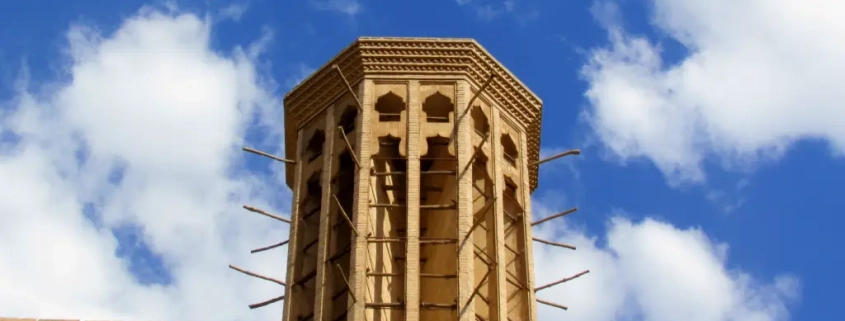



Leave a Reply
Want to join the discussion?Feel free to contribute!